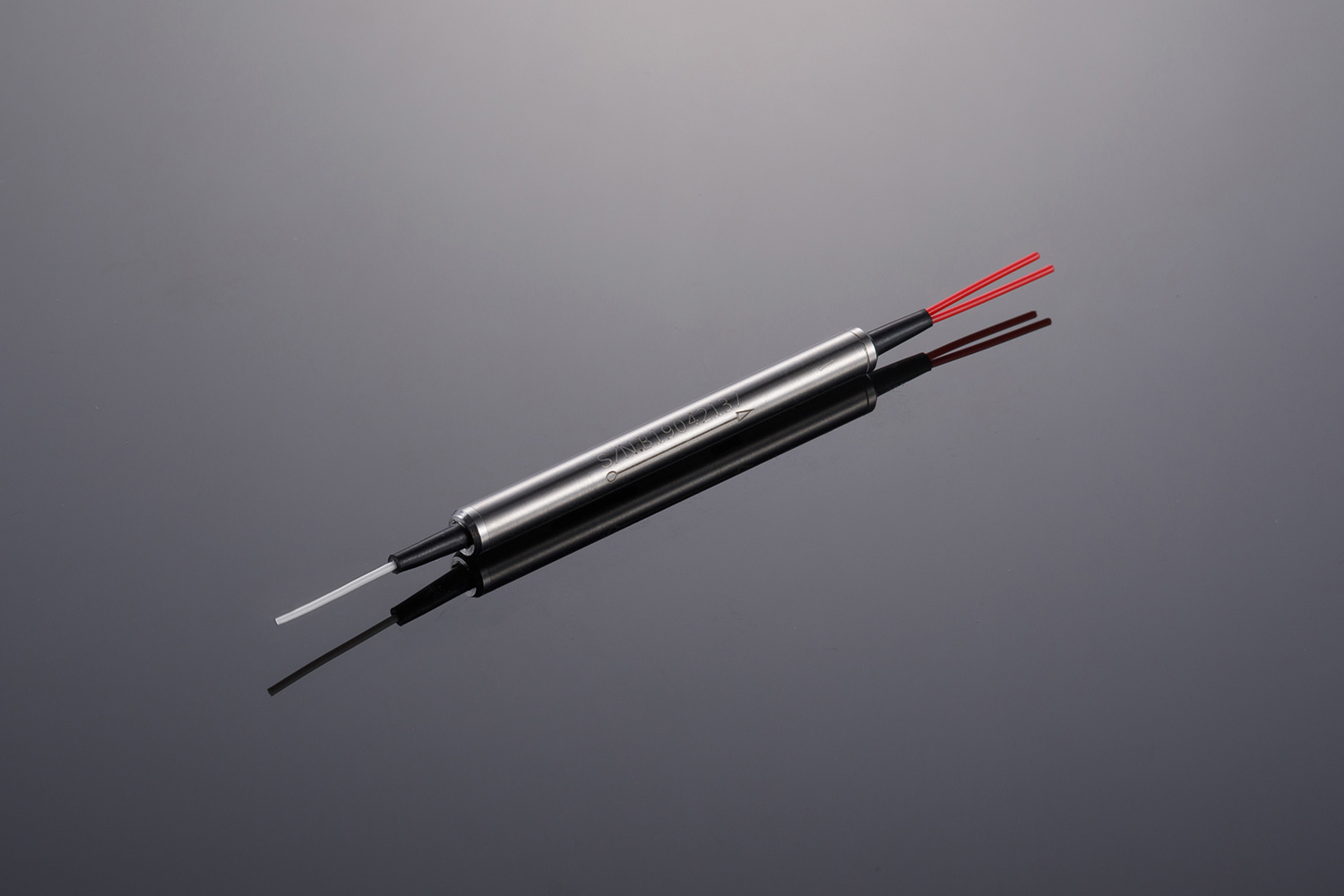With the ever-increasing demand for faster and more efficient data transmission, the industry has witnessed significant advancements in technologies such as wavelength-division multiplexing (WDM) system, dense wavelength-division multiplexing (DWDM) wavelengths, WDM fiber, and fiber optic WDM. These innovations have revolutionized the way data is transmitted over long distances.
Click to find more about wdm system. dwdm wavelengths. wdm fiber. fiber optic wdm.
Advancements in WDM System
The introduction of WDM systems has allowed multiple optical signals to be transmitted simultaneously through a single optical fiber. By utilizing different wavelengths of light to carry separate streams of information, these systems have significantly increased the capacity and efficiency of data transmission. With the ability to transmit hundreds or even thousands of channels on a single fiber, businesses can now handle massive amounts of data with ease.
Find more about fiber optic cable for laser.
DWDM Wavelengths: Enhancing Data Transmission
Dense wavelength-division multiplexing (DWDM) takes the concept of traditional WDM one step further by tightly packing numerous wavelengths within a narrow frequency band. This technology enables an even greater amount of information to be transmitted simultaneously over a single optical fiber. The use of DWMD wavelengths has become crucial for industries that require high-speed communication networks capable of handling large volumes of data traffic efficiently.
Innovations in WDM Fiber
Wavelength division multiplexing (WMD) fibers play a vital role in enabling efficient signal transmission within the context of these advanced systems. These fibers are designed to support multiple wavelengths without interference or crosstalk between them. They possess unique properties that allow them to maintain signal integrity while minimizing losses during transmission. The development and utilization of specialized fibers have greatly contributed to the success and widespread adoption of WDM systems.
Fiber Optic Cable for Laser: Enabling High-Speed Communication
The use of fiber optic cables for laser-based communication has become increasingly prevalent in various industries. These cables are designed to transmit optical signals over long distances with minimal signal degradation. By utilizing lasers as the light source, these cables can achieve high data transfer rates and provide reliable connectivity. Fiber optic cables have proven to be essential components in modern communication networks, enabling faster and more efficient transmission of data.
Optizone Technology: Enhancing Network Performance

One notable advancement in this field is Optizone Technology, which optimizes network performance by dynamically allocating wavelengths based on traffic demands. This intelligent system ensures that each wavelength is efficiently utilized, maximizing overall network capacity while minimizing latency and packet loss. Optizone Technology has significantly improved the scalability and flexibility of WDM systems, making them even more adaptable to evolving network requirements.
In Conclusion
The advancements in WDM system, DWDM wavelengths, WDM fiber, and fiber optic WDM have revolutionized the way data is transmitted over long distances. These technologies have enabled businesses to handle massive amounts of data with ease while ensuring high-speed communication networks capable of meeting growing demands. With continuous innovation driving further improvements in these areas, we can expect even greater efficiency and capacity from future generations of optical communication systems.

